Moto G Stylus 2025 vs. Google Pixel 9a: Battle of the affordables
Both are great budget-friendly phones in their own right, but which one comes out on top?
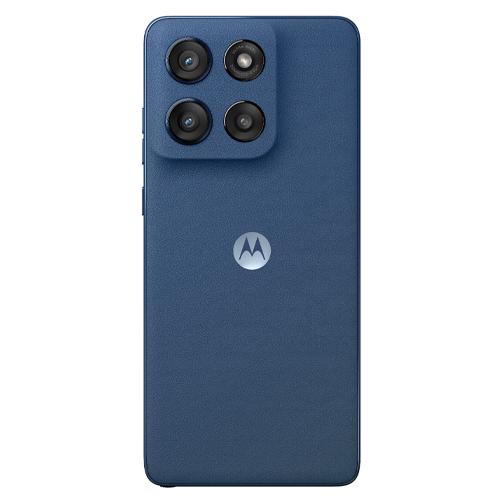
Productivity and creativity
The Moto G Stylus 2025 is great for productivity and creativity thanks to the included and improved stylus. Boasting impressive specs, and large and bright screen, and thin and pocketable design, it's a solid option to consider if you're looking to save a few bucks.
For
- Ultra-fast charging with an optional adapter
- Brighter, bigger screen
- Dolby Atmos support for improved audio
- Comes with a built-in stylus
- Slightly more affordable
Against
- Not as deep AI integration
- Only two years of software updates
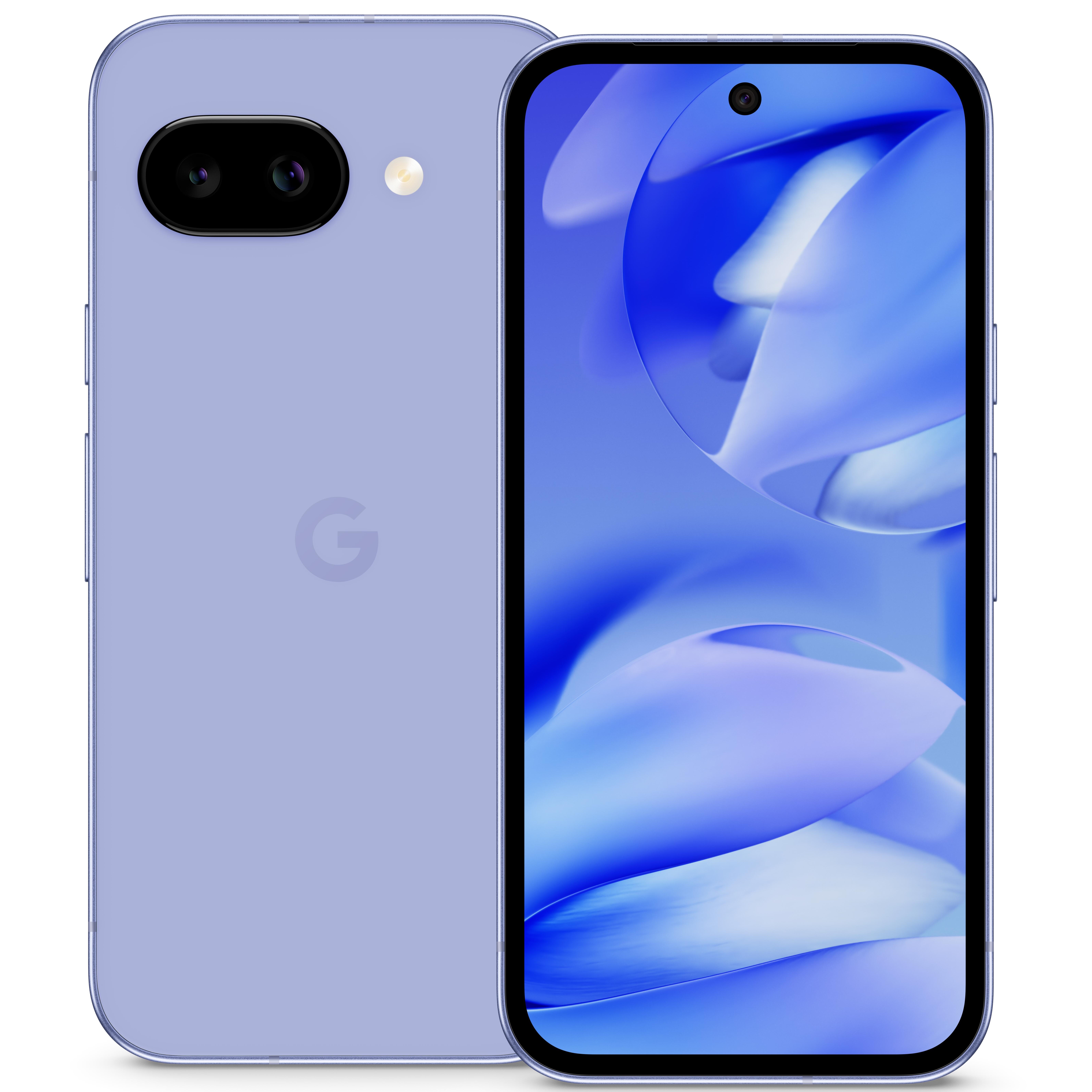
The best entry into Pixel
If you want to try out everything Google has to offer with its Pixel devices, from deep Gemini integration to all the cool photo editing and capture features, the Google Pixel 9a is the most affordable, newest option to consider. Even with some concessions compared to the Pixel 9, you're getting amazing bang for the buck.
For
- Seven years of OS and security updates
- Value price for the feature set
- Deep Gemini integration throughout
- Tons of cool photo editing and capture features
Against
- Screen isn't as big or as bright
- No Dolby Atmos support
- Front camera is lacking in comparison
- Google Tensor chip doesn't beat Snapdragon in benchmarks
So, you’re looking for an affordable phone that has premium features. It sounds like an impossible feat but it isn’t. There really are tons of great Android phones that don’t cost an arm and a leg but still rival some of the best phones out there when it comes to processing power, cameras, and even AI integration. Sure, you’ll make a few concessions whether it’s relating to materials, battery life, storage, or some other aspect. But for many users, these phones will do just fine.
Two models worth considering are the Moto G Stylus 2025 vs Google Pixel 9a, both of which only recently just launched and thus are probably on your radar. Here, we’ll help you choose between them.
Moto G Stylus 2025 vs Google Pixel 9a: The design and basic features
Why you can trust Android Central
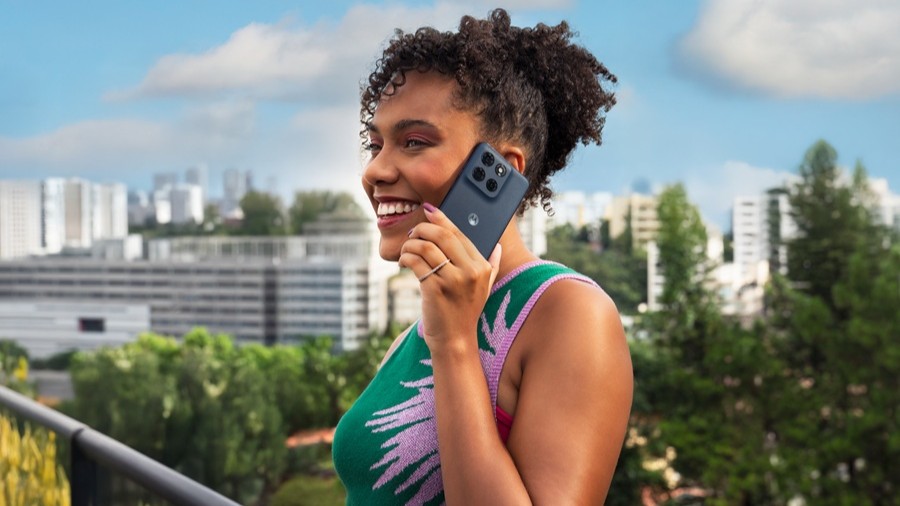
Just launched in April 2025, the Moto G Stylus 2025 comes in funky Pantone colors like Gibraltar Sea and Surf the Web and boasts a leather-inspired finish. Equipped with a 6.7-inch pOLED Super HD AMOLED screen with 2,712 x 1,220 resolution and adaptive 120Hz refresh rate, you’ll get up to 3,000 nits brightness for comfortable viewing even in bright sunlight.
The ultra-thin and lightweight phone has a 5,000 mAh battery that can last for 40+ hours: that’s almost two full days! When you need to recharge, it supports both 68W TurboPower wired charging (with an optional adapter) and 15W wireless charging. With a 68W charger, you can get another full day of use after just a 15-minute charge, so it’s worth the investment to get one.
The phone is durable, too, meeting IP68 certification for water- and dust-resistance, along with MIL-STD-810H standards. A nice inclusion is that it comes with a built-in stylus, which makes things like taking notes, navigating webpages, sketching, and even using AI features seamlessly. The stylus boasts improved responsiveness as well, compared to last year’s model.
Choose either 128GB or 256GB storage but you’re locked there unless you use the cloud as there’s no memory card slot for adding more on-board. The 5G phone has dual SIMs, NFC, GPS, and Bluetooth 5.4 along with dual stereo speakers that support Dolby Atmos and two mics.
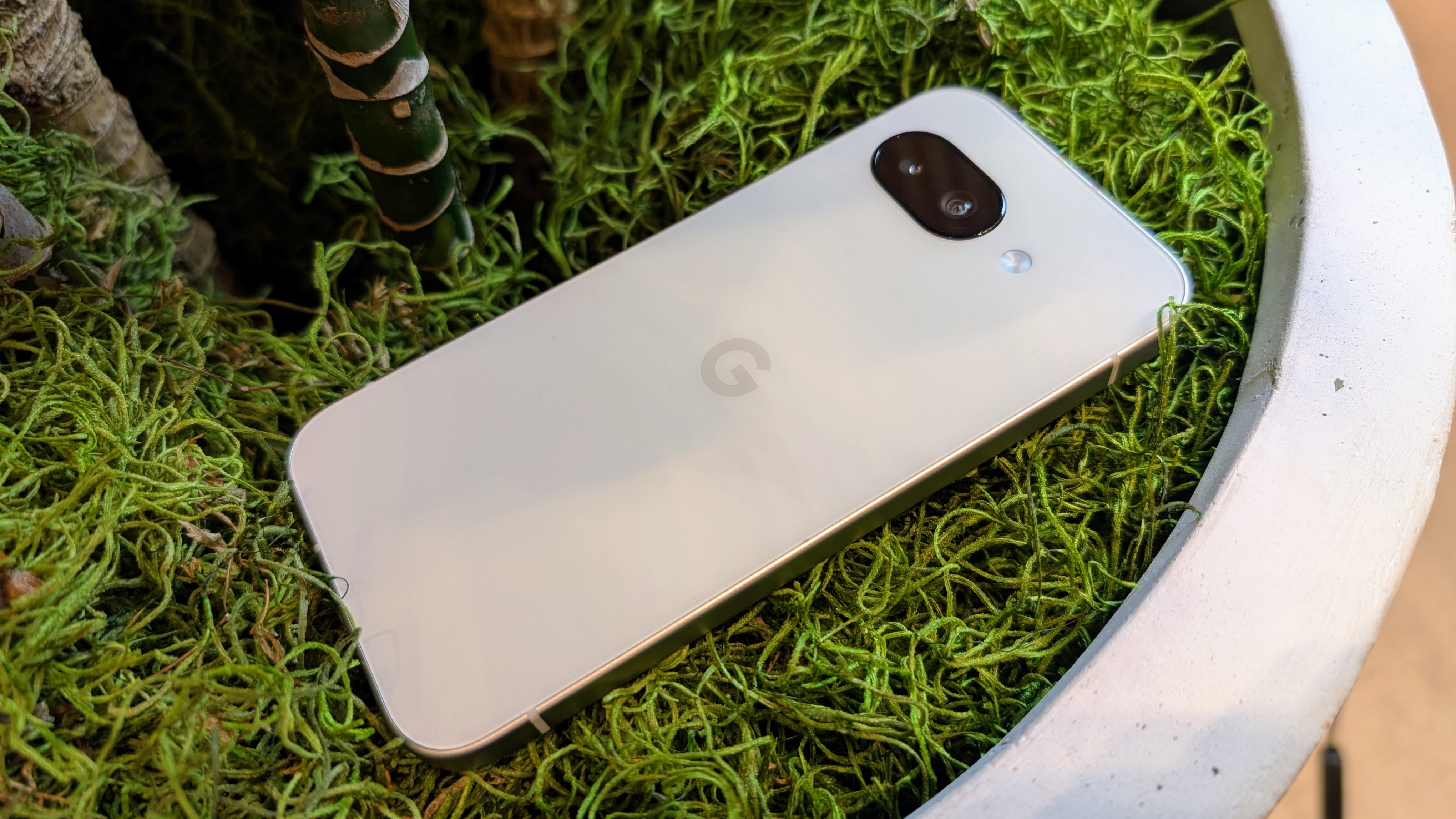
How does the Google Pixel 9a, also arriving in early April, compare? It’s pretty similar. It comes in Iris, Peony, Porcelain, or Obsidian with a composite matte back and satin metal finish. The Corning Gorilla Glass 3 Actua OLED screen is smaller at 6.3 inches boasting a lesser 2,424 x 1,080 resolution, 60-120Hz adaptive refresh rate, and up to 2,700 nits brightness. Michael L. Hicks says in his early hands-on that it’s the first hard-edges, no-camera-bar Pixel he has seen to date. There’s no camera bar, however, a design choice to make room for a larger battery. Indeed, he admits it’s very rare to see a battery this large in a phone so thin, and that’s a good thing.
Also thin and lightweight, though it’s a smidge lighter, the Google Pixel 9a has a 5,100mAh battery, the largest yet for a Pixel phone, along with a larger vapor chamber for keeping it cool while multitasking or especially gaming. You’ll get an impressive 30+ hours of use per charge, but you can extend this to up to 100 hours, or just over four days, using Extreme Battery Saver mode. It supports both fast and wireless charging as well, but at a much slower rate of 23W and 7.5W, respectively.
There’s no stylus with this phone, but it does offer the same IP68 rating along with a fingerprint-resistant design. It, too, comes with either 128GB or 256GB storage, which is non-expandable.
As a 5G phone as well, you’ll get the same NFC, GPS, dual SIM, and stereo speakers with a pair of mics (no Dolby Atmos support), and it offers Bluetooth 5.3 instead. There are some useful inclusions with this phone, however, so you can get more from it out of the box. This includes a three-month subscription to Google One for additional cloud storage, three months of access to YouTube Premium, and six months of Fitbit Premium, ideal to use alongside an accessory like the Google Pixel Watch 3.
Moto G Stylus 2025 vs Google Pixel 9a: The specs
Let’s look at the specs of these two phones in a side-by-side comparison.
Category | Moto G Stylus 2025 | Google Pixel 9a |
|---|---|---|
OS | Android 15 | Android 15 |
Colors | Pantone Gibraltar Sea, Surf the Web | Iris, Peony, Porcelain, Obsidian |
Screen Size | 6.7 inches | 6.3 inches |
Screen Resolution | 2,712 x 1,220 | 2,424 x 1,080 |
Screen Type | pOLED Super HD AMOLED | Actua OLED |
Refresh Rate | 120Hz (adaptive) | 60-120Hz (adaptive) |
Processor | Snapdragon 6 Gen 3 | Google Tensor G4 |
RAM | 8GB | 8GB |
Storage | 128GB, 256GB (not expandable) | 128GB, 256GB (not expandable) |
Cameras | 50MP main, 13MP rear ultrawide with macro vision, 32MP front | 48MP wide, 13MP ultra-wide, 13MP front |
Speakers | Stereo Speakers (Dolby Atmos) | Stereo Speakers |
Battery | 5,000 mAh | 5,100 mAh |
Wireless Charging | Yes (15W) | Yes (7.5W) |
Bluetooth | 5.4 | 5.3 |
Water Resistance | IP68 | IP68 |
Cellular | 5G | 5G |
Size | 162.15 x 74.78 x 8.29mm | 154.7 x 73.3 x 8.9mm |
Weight | 191 grams | 185.9 grams |
Moto G Stylus 2025 vs Google Pixel 9a: What can these phones do?
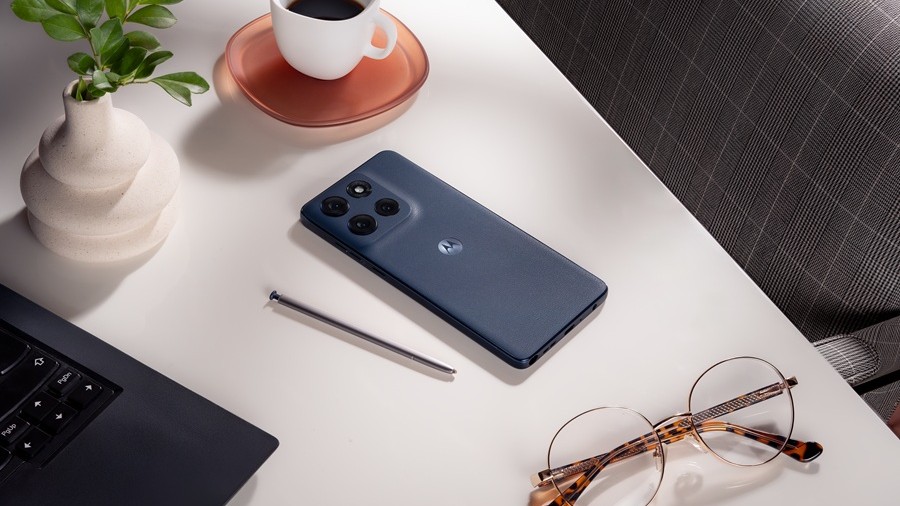
Now, it’s time to get busy with these two phones. What can they do?
The Moto G Stylus 2025 comes out of the box with Android 15 and comes with two OS updates and three years of bi-monthly security patches. So it will last you for some time, but not as long as the Google Pixel 9a.
Running on a Snapdragon 6 Gen 3 processor, you’ll get 8GB RAM with the RAM Boost feature that can use reserve storage as RAM. Historically, however, we have found this feature to be finicky and typically not worth leveraging.
You’ll find Google’s AI features and Moto AI processing, mainly for use with the camera. Thanks to the included stylus, this phone is great for both productivity and creativity. There’s nothing particularly groundbreaking about this phone, but it has all the usuals you’d expect in a Moto device like Moto Secure, Family Space, and Moto Unplugged.
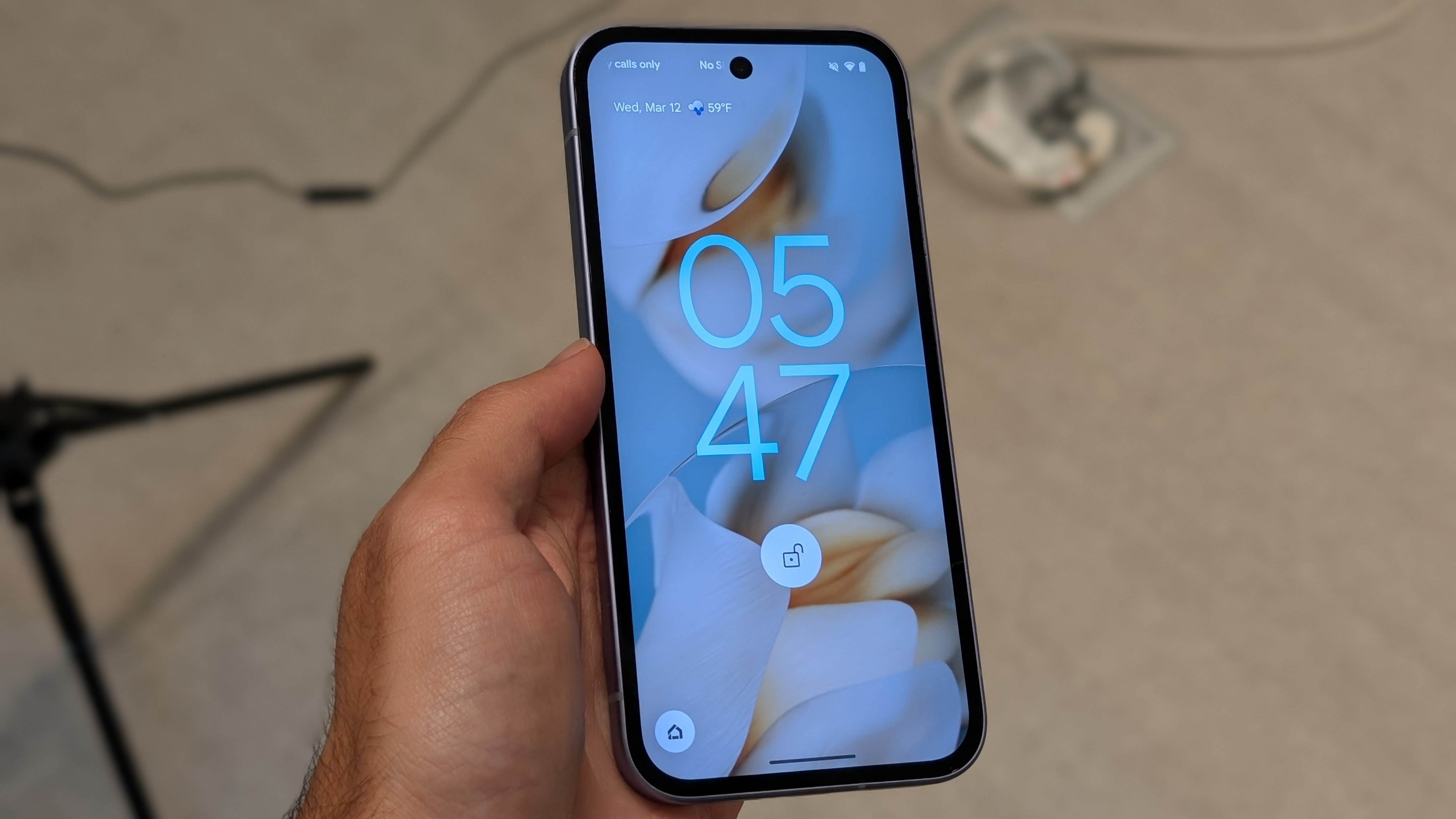
The Google Pixel 9a is an AI user’s dream thanks to deep integration with Google Gemini, which you’ll find in the entire Pixel 9 series as well as older models. Google also supports this phone with a whopping seven years of OS and security updates along with frequent Pixel Drops, so you’ll get a lot bang for your buck. It comes out of the box with the latest Android 15 OS.
The Google Tensor G4 processor affords a smooth experience alongside Titan M2 security, though benchmarks have historically shown that it falls short of Snapdragon-powered phones. It has the same 8GB RAM and adds useful features Pixel owners have come to love, like Pixel Call Assist, Clear Calling, Call Screen, and Hold for Me.
There are also useful safety features like car crash detection that will call emergency services for you, emergency SOS, crisis alerts, VPN by Google, and the option to auto-lock the device should it be lost or stolen. There’s also built-in anti-malware and anti-phishing features, so you can be assured that you’re getting an iron-clad experience.
The big differentiator here is that Google has built Gemini right into the phone, so you get access to the AI assistant to help with just about any task, question, or activity you’re performing.
Moto G Stylus 2025 vs Google Pixel 9a: Capturing and editing photos and videos
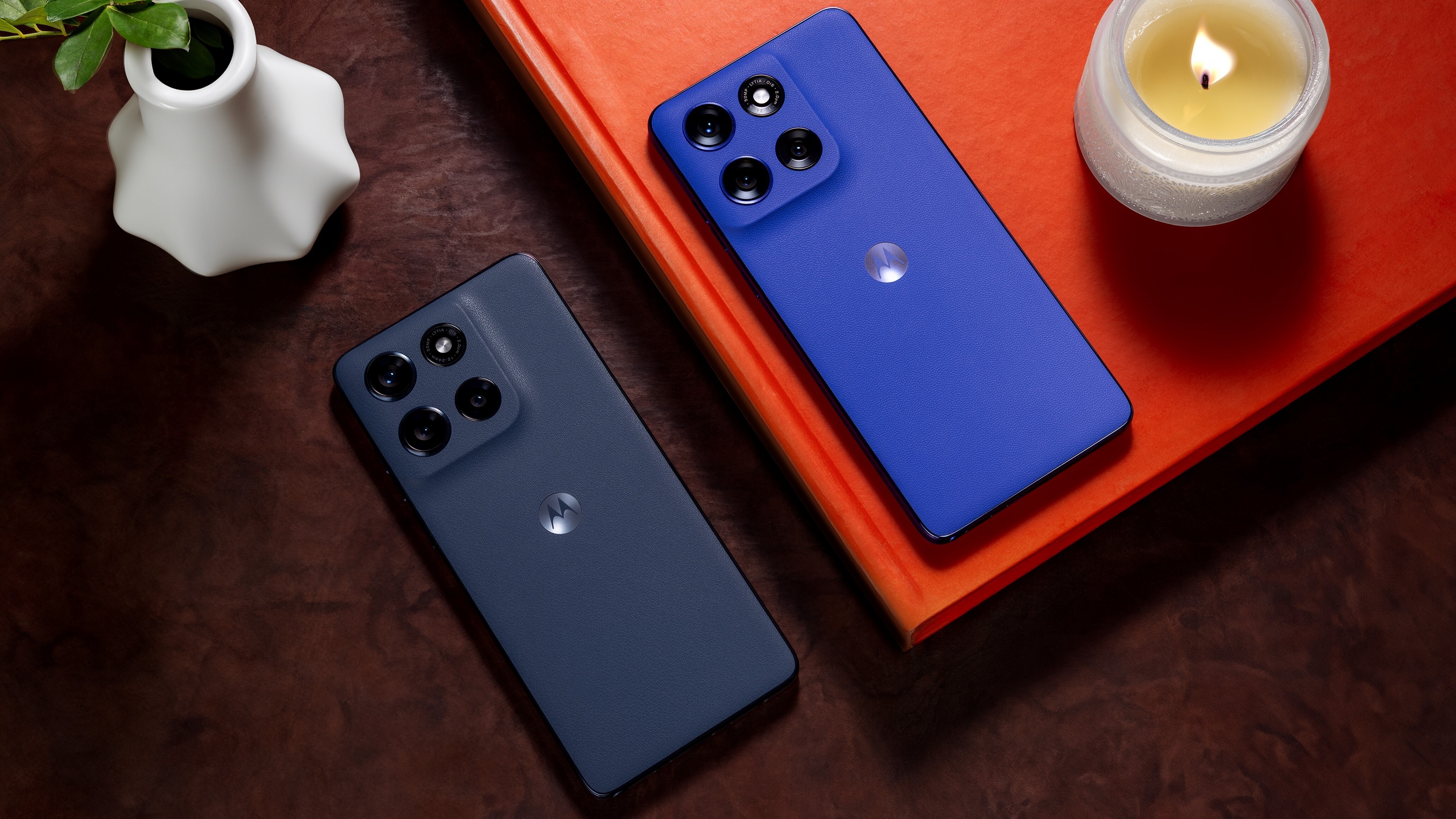
Now, let’s turn our attention to the cameras. The Moto G Stylus 2025 has a 50MP main camera with a Sony LYTIA 700C sensor and OIS complemented by a 13MP rear ultra-wide camera with macro vision and a 32MP front camera. There’s also a 3-in-1 light sensor in the rear camera. It can also shoot 4K videos with features like slow motion.
There are tons of camera features, like ultra-res, portrait, pro, 360° panorama, night vision, RAW, HDR, tilt-shift, and even a scan option, powered by Adobe Scan. Leveraging Moto AI processing, you can also enjoy features like auto smile capture, Google Lens, and more.
The stylus has a neat feature called Sketch to Image whereby you can use AI to bring your drawings to life in Moto Note. Additionally, AI is used through the photo enhancement engine, which analyzes frames to help preserve details and yield the best possible results. Google Photos AI, meanwhile, further helps you fine-tune your images. You can also leverage the stylus to use features like Google’s Circle to Search, which is available on this phone, too.
We haven’t yet had the chance to try the cameras but can bring more insights soon.
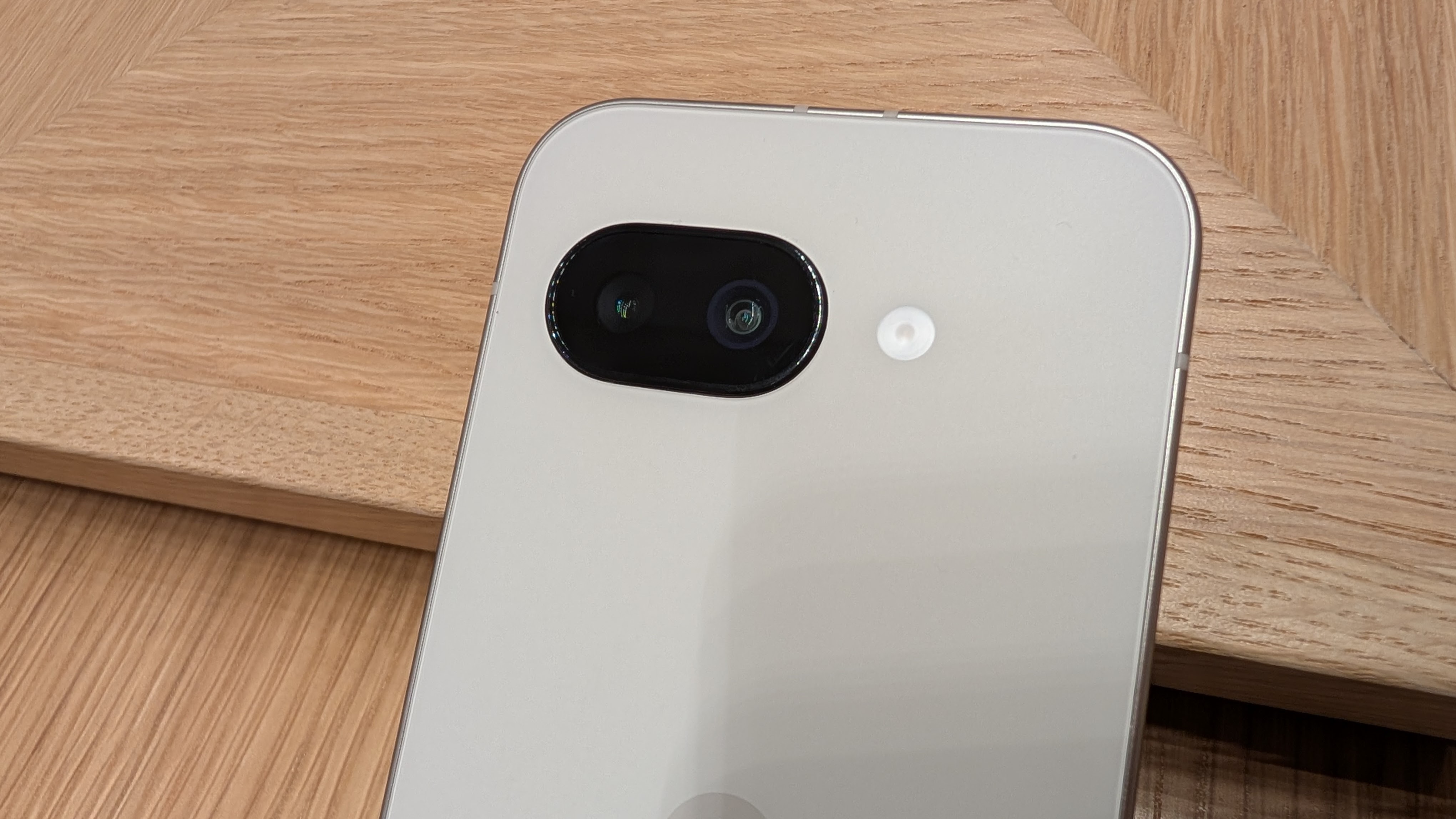
Comparatively, the Google Pixel 9a has a 48MP wide main camera, 13MP ultra-wide, and 13MP front camera, so you might not get selfies that are as good. The real magic comes with Google's incredible photo editing features.
Along with night sight, macro focus, and long exposure, you can play around with features like Add Me, which allows the photographer to add themselves to a group shot after the fact; Best Take, Face Unblur, and Magic Editor for removing distracting elements from a photo, repositioning subjects, and more. There are also features like Super Res Zoom.
We’re reviewing this phone right now, so stay tuned for more!
Moto G Stylus 2025 vs Google Pixel 9a: Which should you choose?
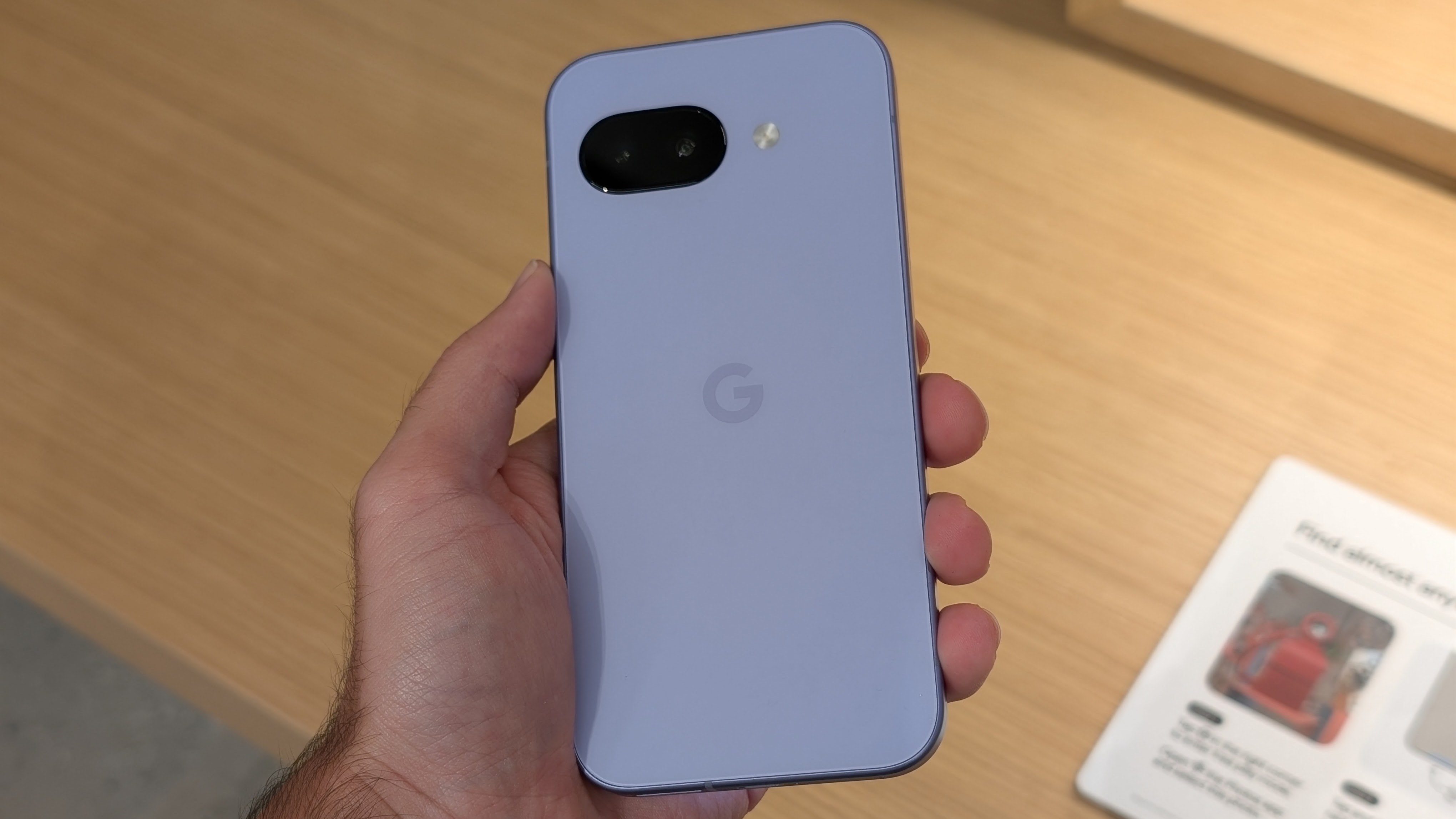
It’s a truly tough decision between the Moto G Stylus 2025 vs. Google Pixel 9a. Both are new phones and affordable options in the line. They boast similar specs with some minor differences. The Moto G Stylus 2025 is cheaper, but you’re missing out on the deep Google AI integration.
The Moto G Stylus 2025 is the bigger phone with the included stylus that’s a no-brainer for those who love to use one (though you could buy one of the best stylus separately to use with the Google Pixel 9a if you really wanted to). Both phones are equally durable and both offer fantastic battery life.
Based on specs alone, the Moto G Stylus 2025 has better cameras, but the Google Pixel 9a can’t be beat when it comes to photo editing and being able to correct otherwise throwaway shots or capturing images you might not otherwise be able to get (like a group shot without having to ask a passer-by to take it).
Historically, Google Pixel phones are reliable and excel in virtually every department, and the Google Pixel 9a is no exception. It’s not a massive step down from the more expensive Google Pixel 9, which offers faster charging, improved cameras, and more RAM. Considering the price, that’s a pretty enticing value proposition.
Because of this heavy integration with AI, all the add-ons you get, and the lengthy support of seven years, we’d go with the Google Pixel 9a over the Moto G Stylus 2025. But, if you want the stylus, you love Moto phones, need a bigger screen, and want to enjoy ultra-fast recharging, the Moto G Stylus 2025 isn’t a bad choice by any means.

Some enticing reasons
There are a few specific reasons you might want to choose the Moto G Stylus 2025, like the included stylus, faster wired and wireless charging, Dolby Atmos support, and larger and brighter screen. It all comes down to your priorities, needs, and usage habits.
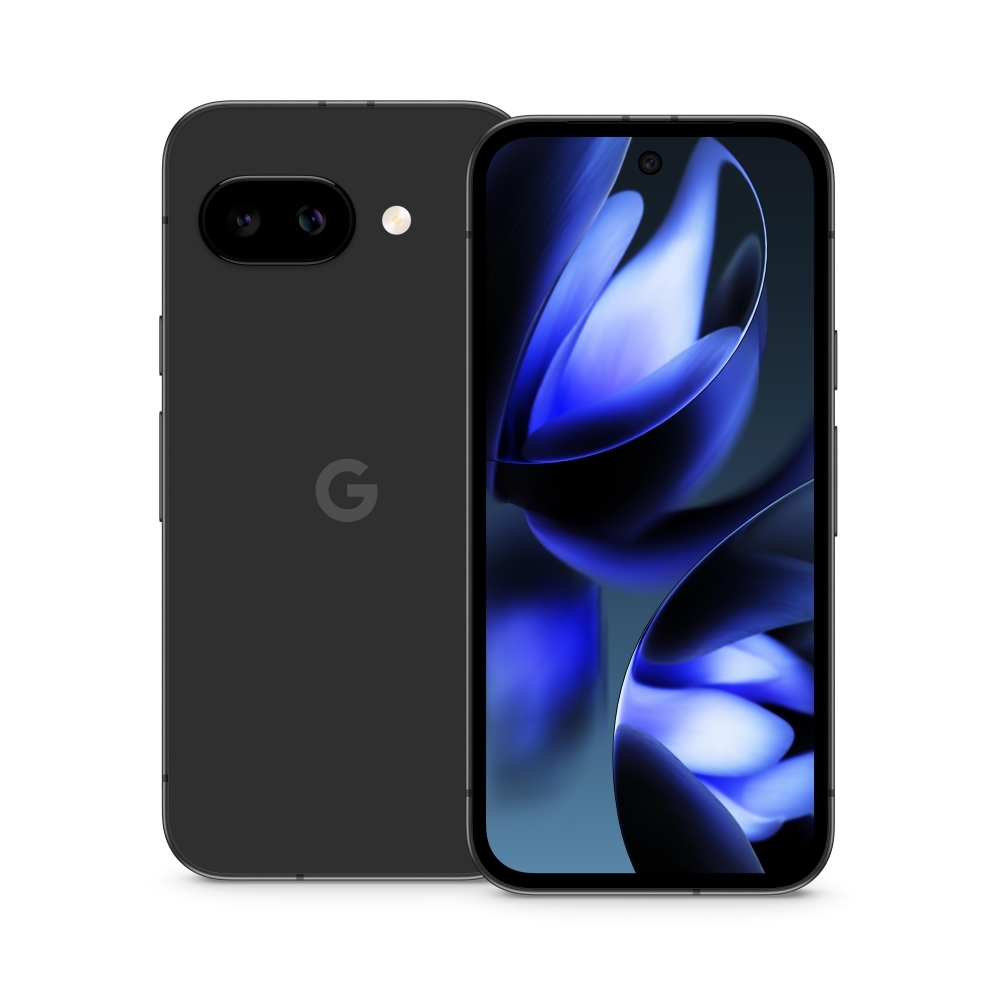
A tempting proposition
Considering its price, you get a ton with the Google Pixel 9a, including the biggest battery yet in a Pixel device, deep Gemini integration, tons of cool photo capture and editing features, and lots of add-ons out of the box. The seven years of software support also can't be beat.
Be an expert in 5 minutes
Get the latest news from Android Central, your trusted companion in the world of Android

Christine Persaud has been writing about tech since long before the smartphone was even a "thing." When she isn't writing, she's working on her latest fitness program, binging a new TV series, tinkering with tech gadgets she's reviewing, or spending time with family and friends. A self-professed TV nerd, lover of red wine, and passionate home cook, she's immersed in tech in every facet of her life. Follow her at @christineTechCA.
